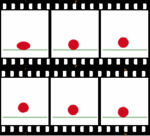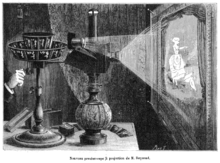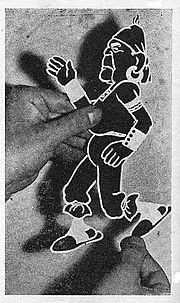Animation
A cartoon is an animated film, usually a short film, featuring an exaggerated visual style. The style takes inspiration from comic strips, often featuring anthropomorphic animals, superheroes, or the adventures of human protagonists. Especially with animals that form a natural predator/prey relationship (e.g. cats and mice, coyotes and birds), the action often centers on violent pratfalls such as falls, collisions, and explosions that would be lethal in real life.













.jpg)




.jpg)






0 Comments